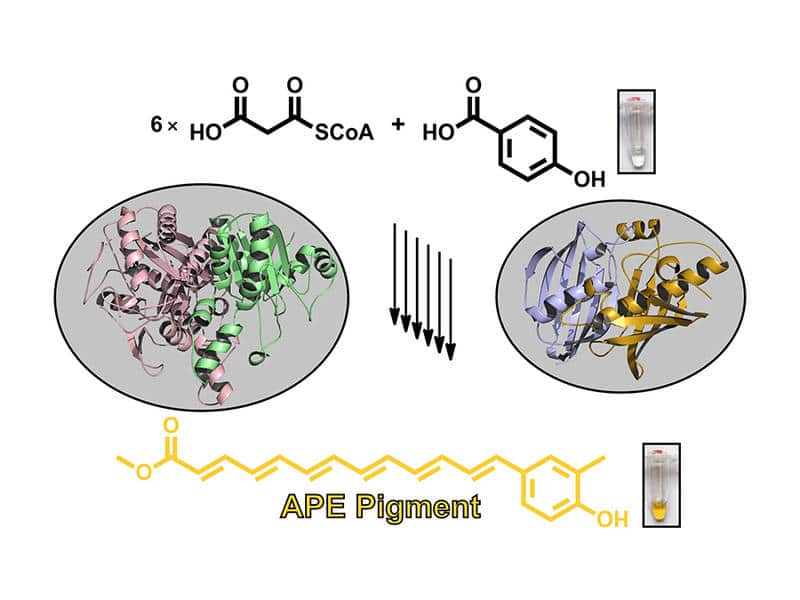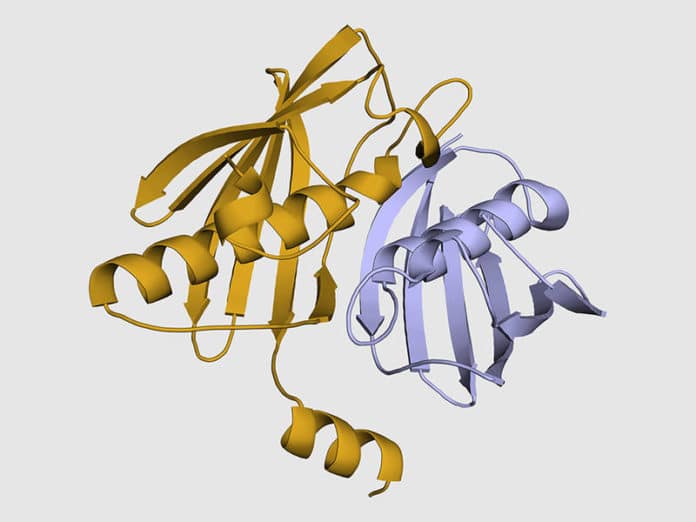Most of the bacterias produce yellow pigments called Aryl Polyenes, that are stored in the bacteria membrane and protect the bacteria from oxidative stress, particularly from reactive oxygen species.
Although, when these conditions damage the cells, bacteria try to prevent them from entering through the membrane. Aryl polyene (APE) pigments are a widely distributed class of bacterial polyketides. But, there is only a little information is available about the biosynthesis of these compounds.
Now, for the first time ever, scientists at the Technical University of Munich (TUM) and the Goethe University in Frankfurt have mapped the biosynthesis of aryl polyenes, the most common protective pigments.
Scientists have identified all enzymes involved in APE biosynthesis and determined their peculiar functions. They then recreated the biosynthesis of aryl polyenes in the test tube and establish the function of individual proteins.

Gina Grammbitter from the Goethe University in Frankfurt, who investigated the system as part of her doctorate said, “Aryl polyenes have similar anti-oxidative properties to carotenoids, but are produced in a completely different way. Their biosynthesis is very similar to the formation of fatty acids, but there are differences. Together with the working group led by Michael Groll, we were able to identify unusual complexes of the proteins involved and determine their structure.”
As a result, aryl polyenes are produced through a new type of biosynthesis. Scientists found that they are located directly in the membrane of the bacteria. However, they are only part of a much more extensive natural product.
According to scientists, further study is required to find out the interaction between the individual enzymes and the role of aryl polyenes in the human microbiome, for example. Aryl polyenes could also be of interest to the cosmetics industry because of their anti-oxidative properties.
The research was funded by the European Research Council (ERC), the German Research Foundation (DFG) as part of Collaborative Research Center SFB749 and the Macromolecular Complexes Cluster of Excellence, and by the Federal State of Hesse. The X-ray structural experiments were conducted using the Swiss Light Source PXI beamline at the Paul Scherrer Institute (Villigen, Switzerland).
The study is published in the Journal of the American Chemical Society.
